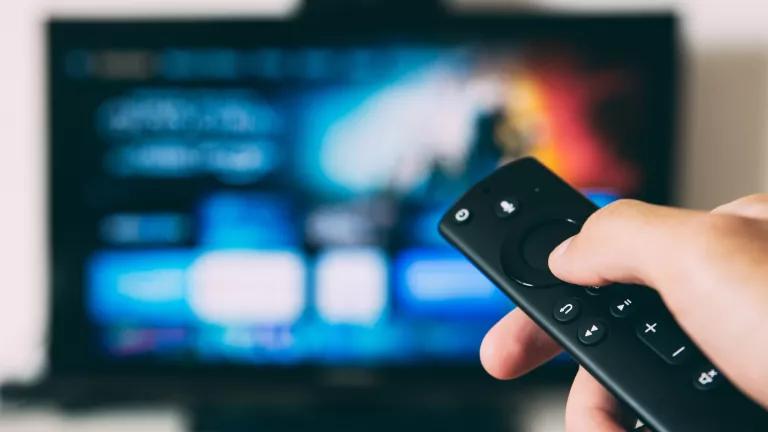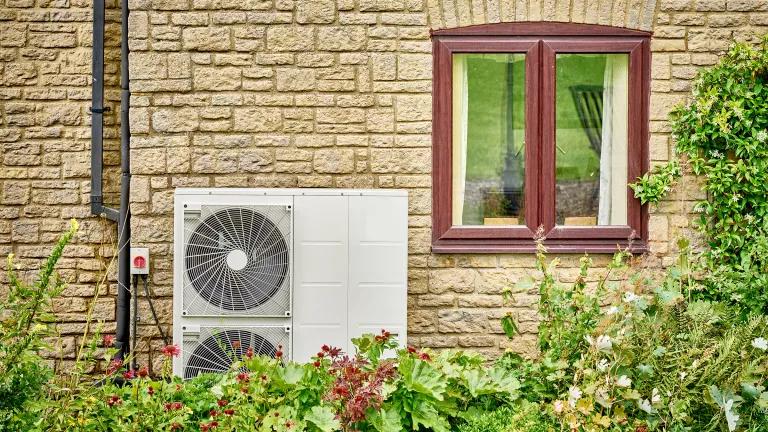The Price of Watching TV Just Came Down by $2 Billion

U.S. consumers spent almost $2 billion less on their electricity bills last year compared to 2013, thanks to improvements in the energy efficiency of the set top boxes placed in millions of homes by the cable, satellite, and telephone companies. Even greater savings are on the horizon as Americans are increasingly able to access live and recorded TV programming directly via an app on their Smart TV or through a very low power-consuming streaming device like Apple TV or a Roku stick, avoiding digital video recorders (DVR) or basic set-top boxes that can waste unacceptably high amounts of power in standby mode.
Set top box energy use, then and now
Approximately 185 million set top boxes are installed in America’s homes for viewing and recording pay TV services from companies like Comcast, AT&T, Charter, Dish Network, and Cox Communications.
Prior to 2013, the industry paid very little attention to the energy used by these devices, which consumed the equivalent of almost 11 large (500 MW) power plants’ worth of electricity per year. That’s because the consumer paid the more than $3.5 billion per year to operate those set top boxes, not the service provider that bought and placed them in our homes.
The great news is that things have gotten a whole lot better due to a Voluntary Agreement (VA) between the service providers, box makers, and two advocacy groups—NRDC (Natural Resources Defense Council) and the American Council for an Energy Efficiency Economy (ACEEE). Per the agreement, the service providers committed to procure new boxes that must meet maximum annual energy use limits.
According to the annual VA progress report just published by the independent administrator of the voluntary agreement, national set top box energy use has decreased by 46 percent since 2013, the year the VA went into effect. This translates to:
- Almost $2 billion in consumer utility bills savings in 2019;
- Five large (500 MW) coal-burning power plants' worth of electricity that did not need to be generated;
- More than 10 million tons of carbon dioxide pollution avoided in 2019, and nearly 39 million tons in cumulative savings since 2013.
Stated another way, the amount of energy saved since the VA went into effect is enough to power all the homes in California with electricity for more than seven months.
What you can do
If you still have one or more DVRs in your home, contact your service provider and see if it can provide you with a more up-to-date and environmentally friendly setup. Older DVRs typically use 200 or more kilowatt-hours per year (roughly the same amount of annual electricity used by an efficient home dishwasher), and in some cases there might be a DVR connected to each TV in the home, resulting in a lot of unnecessary energy use.
Customers with a home wireless network can probably receive similar service through an easy-to-install app on an internet-connected “Smart” TV or through a much lower power-consuming streaming device. You can purchase your own small Roku or Amazon Fire TV streaming stick, or an Apple TV box, which NRDC estimates consume only one-tenth or less of the amount of annual energy of a conventional DVR set top box. Alternatively, customers can get a box from their service provider that only uses 35 to 50 kilowatt-hours per year. These are sometimes referred to as an IP box. In both cases, customers can still record their favorite shows for future viewing. The content is simply stored in the cloud rather than in the big DVR box they previously used.
Another tip: avoid using a game console to stream movies and shows from your favorite apps like Netflix and Hulu. Game consoles are essentially mini super-computers intended for playing video games and were not designed for energy efficient movie viewing. Sony PlayStation and Microsoft Xbox consoles can require up to 25 more times energy to play the same movie as a Roku or Apple TV device.
Additional things the industry can do
While service providers are required under the VA to publish information on their websites on the energy use of the set top boxes they procure and provide to customers, they do not seem to collect or share any data on the growing energy use from transmitting video content from their data centers to our homes. This data is needed to paint a more complete picture of the service providers’ overall environmental footprint. While we are confident that streaming is certainly preferable from an energy use perspective compared to conventional set top box use, the lack of data makes it hard to assess the progress service providers are making to bring down the sizable energy use of their data centers and video delivery systems. Unlike the situation with the set top boxes, however, the service providers are likely to be further motivated to reduce energy waste from their operations as they are the ones paying the electricity bill this time.
Meanwhile, many customers are unaware of the option to go “box-free” and use an app to access their pay TV service. In many cases, the service providers’ current offerings fail to highlight the app option, even though the service provider is no longer paying for the cost of buying/servicing its inventory of set top boxes or paying for service technicians to bring and install boxes for their customers. In order to accelerate the beneficial shift away from set top boxes, we urge the industry VA signatories to continue to improve the functionality of their app alternatives and to more actively promote them.
That will help reduce consumer bills and avoid excess electricity generation, which is something we all should tune in to!



